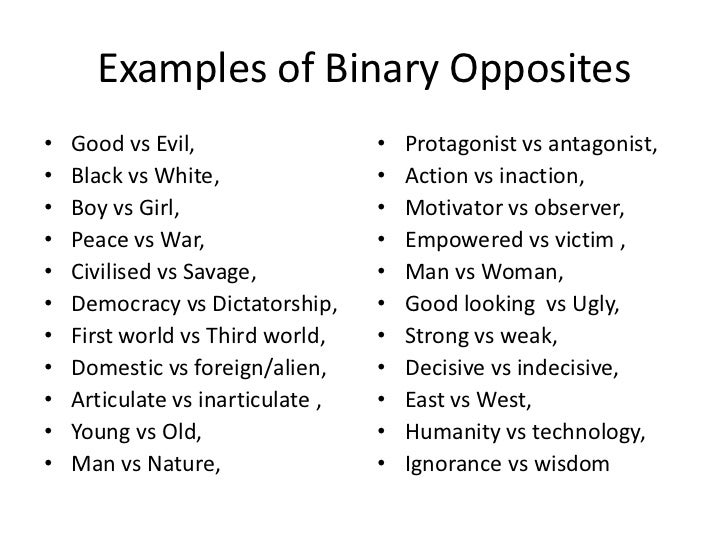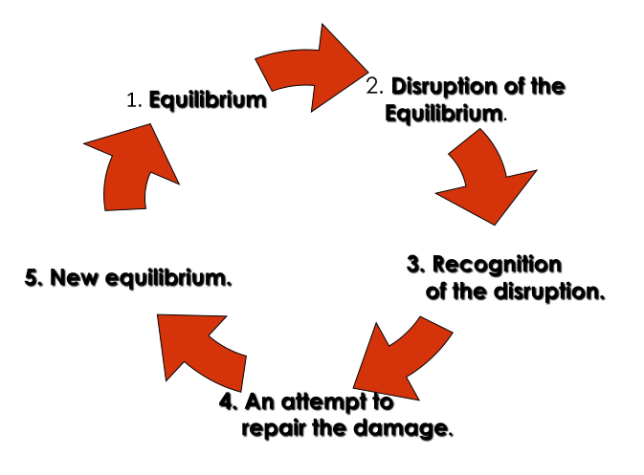According to Sigmund Freud the personality is determined
from a person’s mind in a three way structure: the id, ego and super ego. There
is a conflict in each part which determines how we approach and behave in a
particular situation.
Freud introduced a structure of the mind theory which
includes three levels of the mind:
· The conscious mind: the conscious consists of
everything inside of our awareness. This is the aspect of our mind that we can
think and talk about in a rational way.
·
The precociousness mind: this part of the mind
represents ordinary memory. A person is not aware of the information at the
given time but is able to retrieve it into consciousness when needed.
·
The unconscious mind: this is the reservoir of
feeling, thoughts, urges and memories that are not included in the conscious
mind. Most of the content in the conscious mind is unacceptable and unpleasant.
It causes conflict and anxiety to the person and influences experience and
behaviour.

Sadistic Voyeurism (1974) : Voyeurism is when someone, usually a male, likes spying on people taking part in intimate activity. What makes this sadistic is that afterwards, the character spying inflicts pain onto the one they are harming. An example of sadistic voyeurism is Michael Powell's film 'Peeping Tom' where the serial killer takes pleasure in capturing images of the people he spied on and killed.
BINARY OPPOSITES:
Strauss suggested that understanding certain words does not depend on there meaning but much more by understanding the different between the words. So he came up with this terminology for the use of opposites i.e. Binary Opposites. These are mainly used in films, some examples are Good vs evil, antagonist vs protagonist. Many of the films include binary opposites especially the horror genre as there is always a bad guy and a good guy. This is the most common Binary opposite the audience would witness in any type of film. Binary opposites are usually the basis of the audiences understanding of the story of the film. The villian in the film creates disruption and the hero comes and saves the day. The audience sympathise with the hero as he is the one who fights the bad and protects everyone.

Todorov's Narrative Theory:
Todorov's narrative theory suggests that all narratives follow a three part structure where they begin with equilibrium, where everything is balanced, progress as something comes along to disrupt that equilibrium, and finally reach a resolution, when equilibrium is restored.






